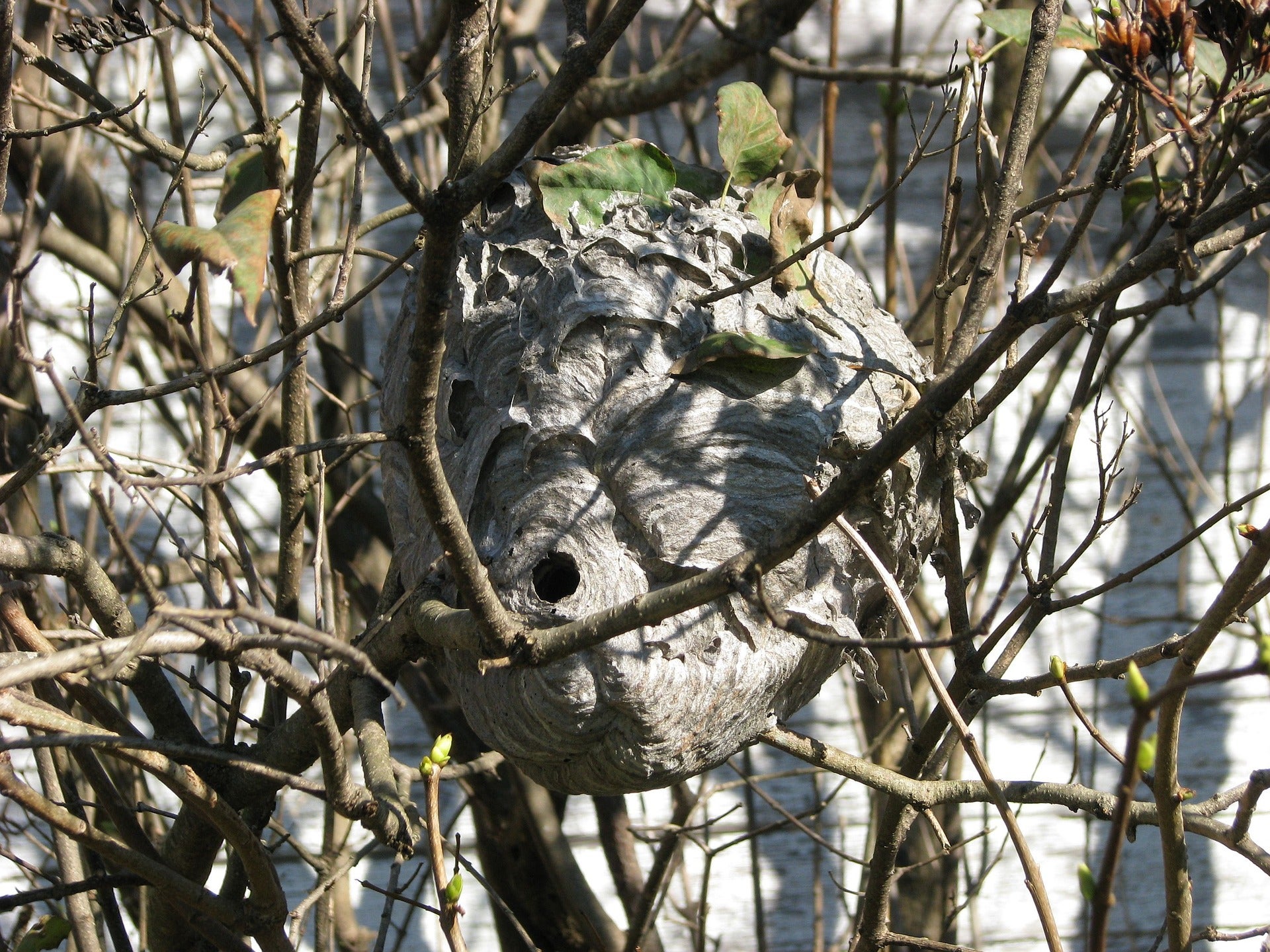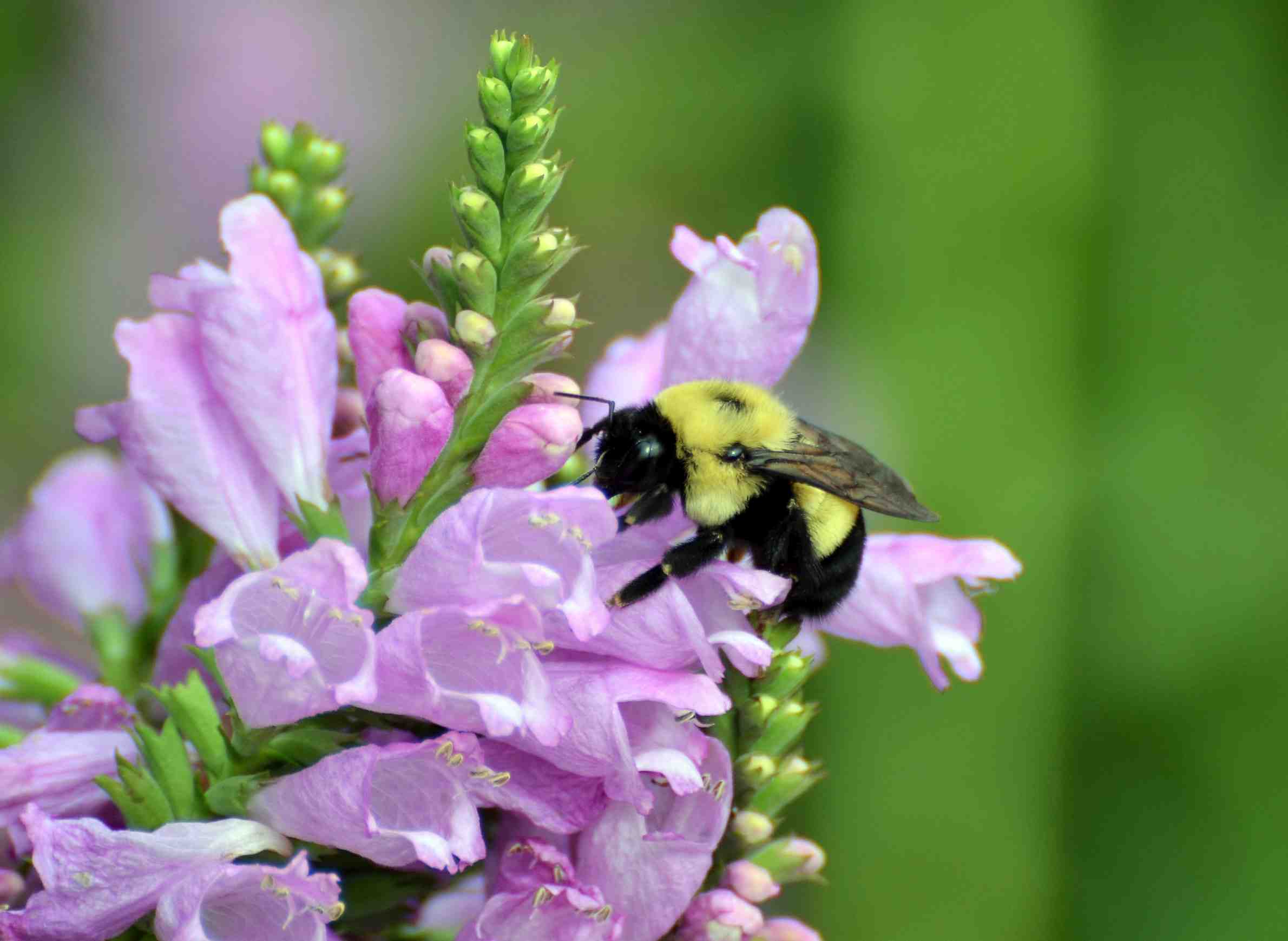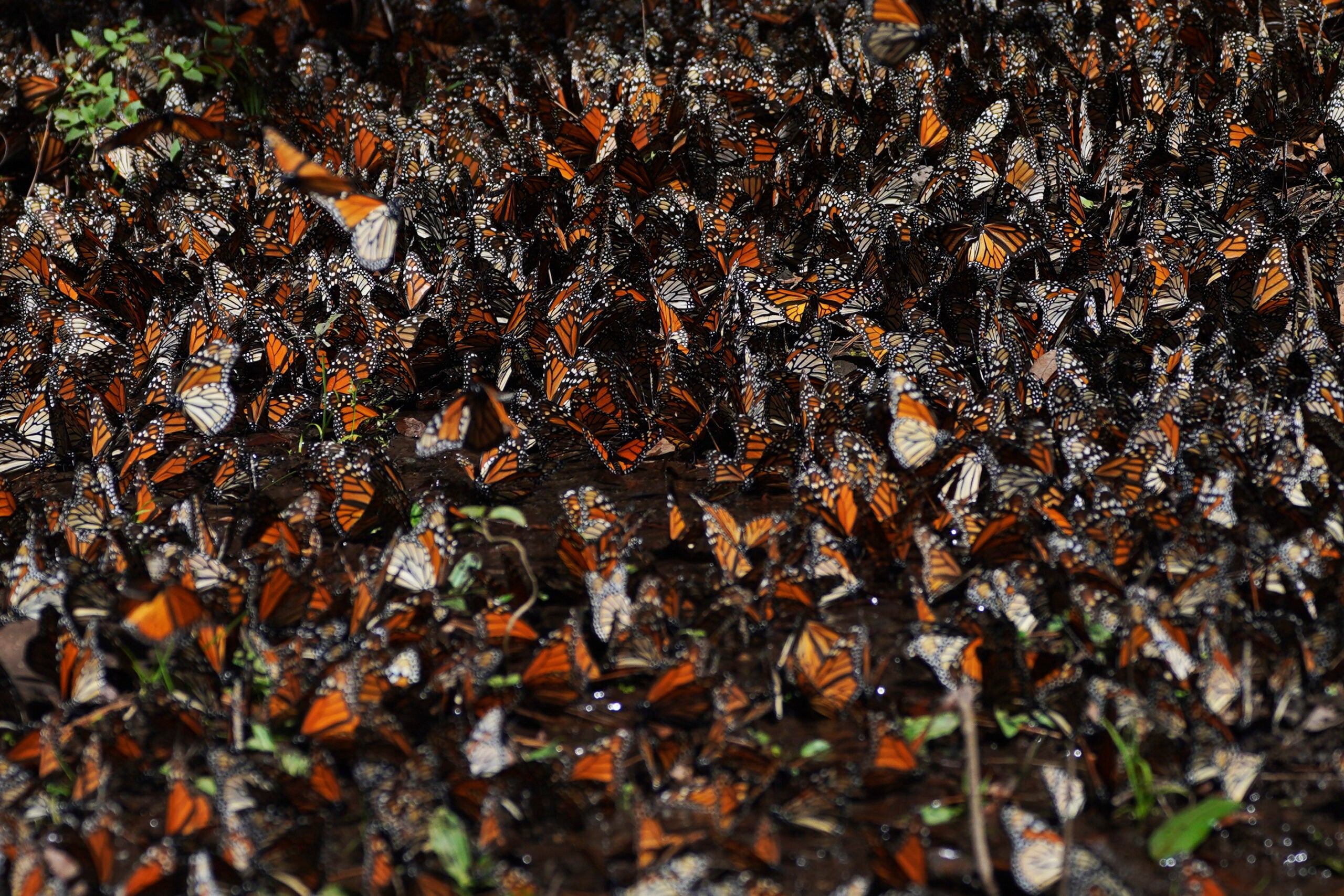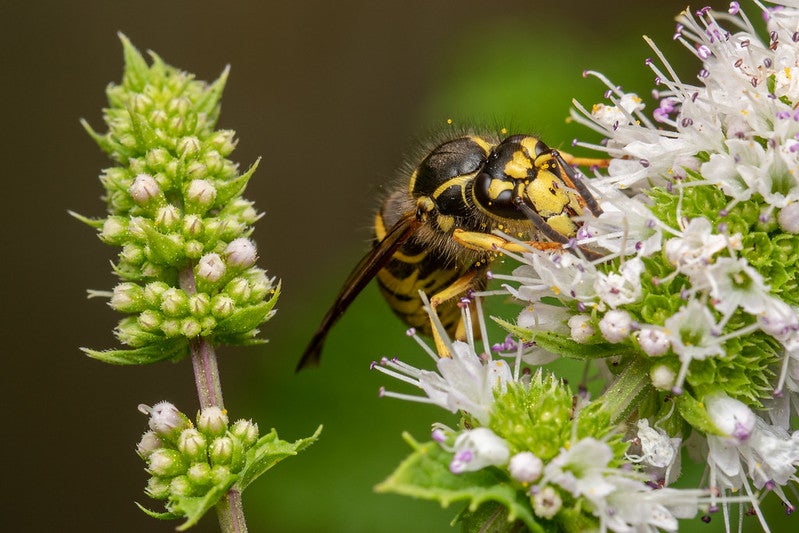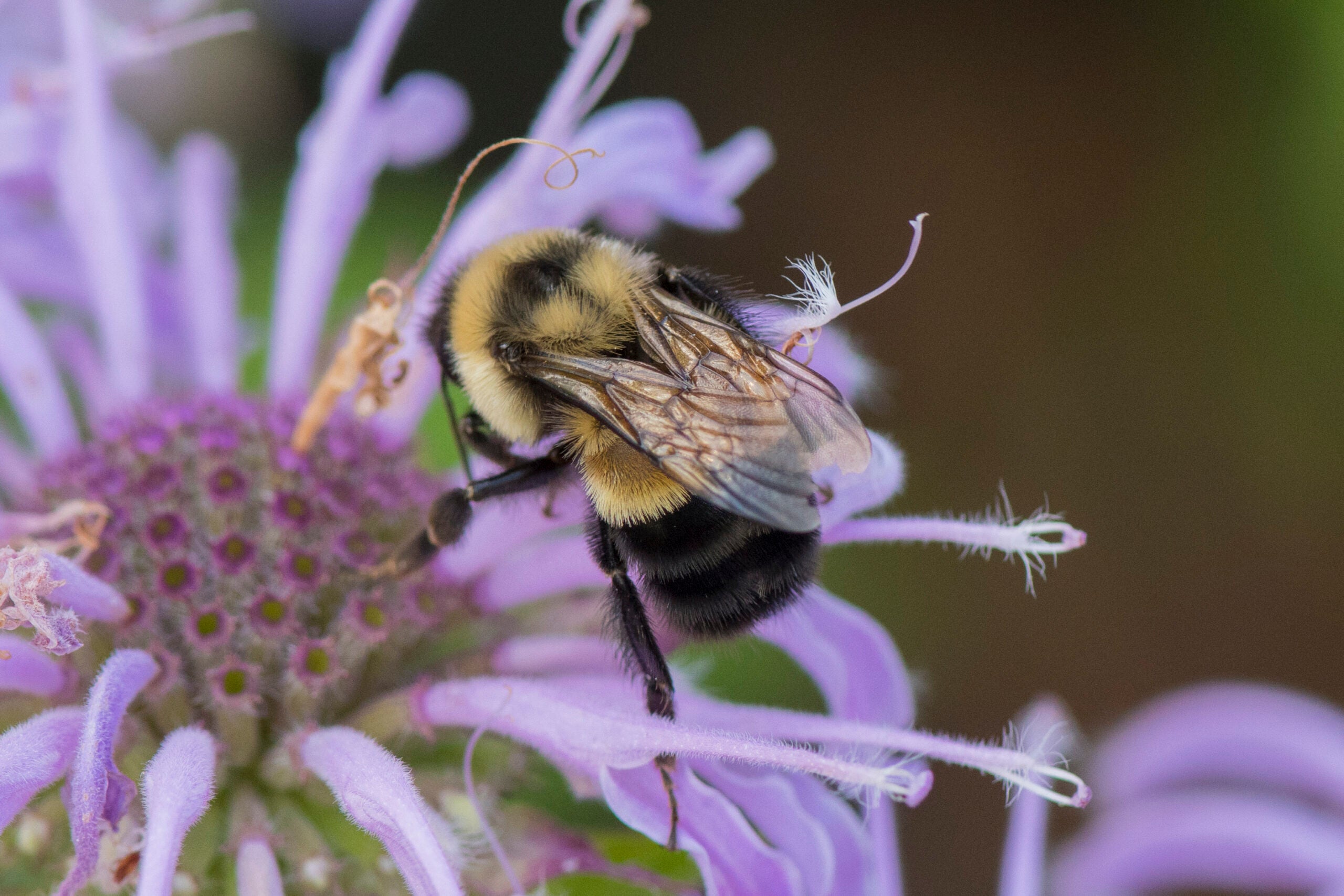Insect expert Phil Pellitteri is back with us, he talks about bees and wasps. He also has info on insects to look for on outside plants in the next few weeks.
Featured in this Show
-
Insects Of Early Spring In Wisconsin: The Good, The Bad And The Buggy
Warmer weather, spring rains and new vegetation are all indicators insects are starting to reappear in Wisconsin.
Entomologist Phil Pellitteri says, typically when you see the crocuses bloom, interesting insects are out.
These bugs include spring ground bees, a species of bee only active for a few weeks out of the year, emerging from the nest in the spring to mate, Pellitteri said. The females then dig burrows in the dirt, fills the nests with pollen that she has collected and then lays her eggs. These bees are harmless, he said.
“Because they go in the ground, people confuse them with fall nesting wasps,” Pellitteri said.
The fall wasps are more aggressive and likely to sting. As are other species of wasps and bees that have a queen and a nest, Pellitteri said.
“That’s when they are most aggressive, when the nest is threatened and they will do what they can to stop whatever outlier is coming in to bother them,” he said.
Other early insects to look for are butterflies. Pellitteri said already this year he has seen cabbage white butterflies, red admirals and painted ladies.
“You might also run into the mourning cloak butterfly, (it) overwinters here as an adult — you can even see them on a sunny day in March,” he said.
A couple of spring insects not as welcome as butterflies are the tent caterpillar and the pine sawfly, Pellitteri said.
Tent caterpillar eggs overwinter on trees and the larvae emerges in the spring. The larvae then spin a silken tent as protection against hot or rainy weather. They emerge from the tent to eat the leaves off the tree in which they are nesting, many times defoliating it entirely, he said.
Similarly, the pine sawfly works in clusters to strip needles off evergreens.
“Both of these insects are capable of stripping most of the needles or leaves off the tree; but when that happens in the spring, the plants recover,” Pellitteri said. “We really don’t get that concerned about them being seriously damaging insects; but what they do is so visual, it catches people’s attention and that’s why I think people get so upset about them.”
Episode Credits
- Jill Nadeau Host
- Jill Nadeau Producer
- Phil Pellitteri Guest
Wisconsin Public Radio, © Copyright 2024, Board of Regents of the University of Wisconsin System and Wisconsin Educational Communications Board.

